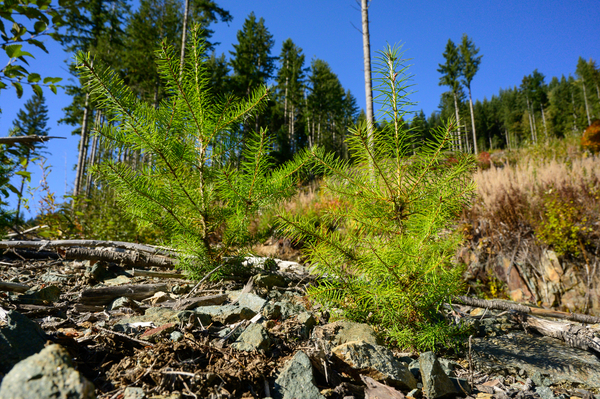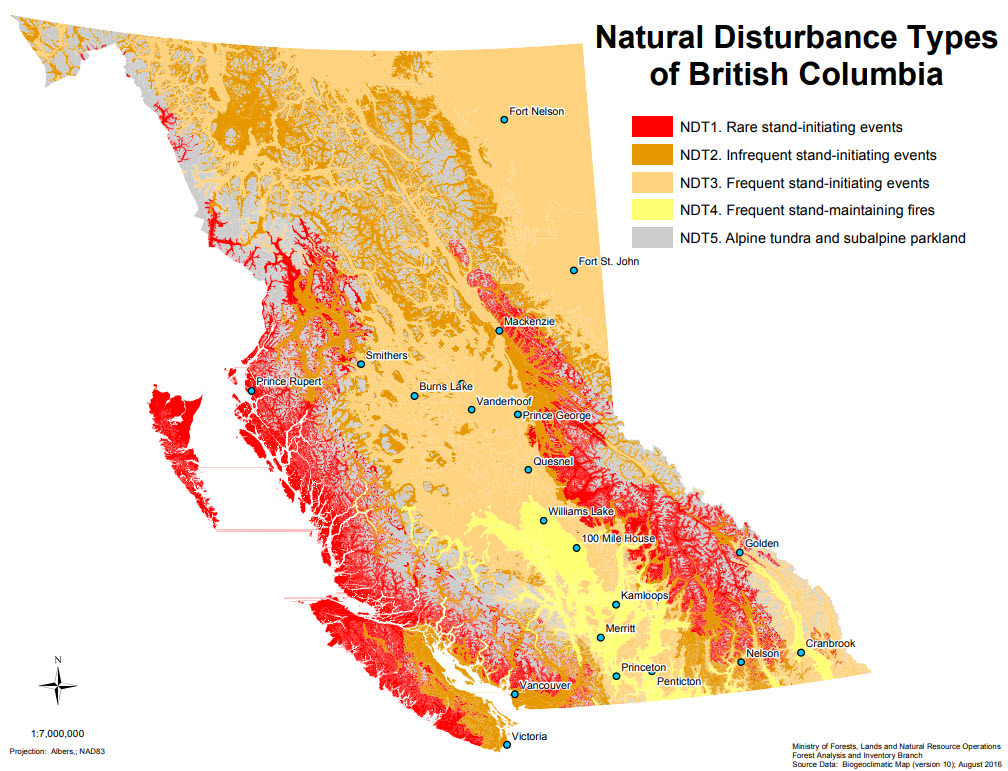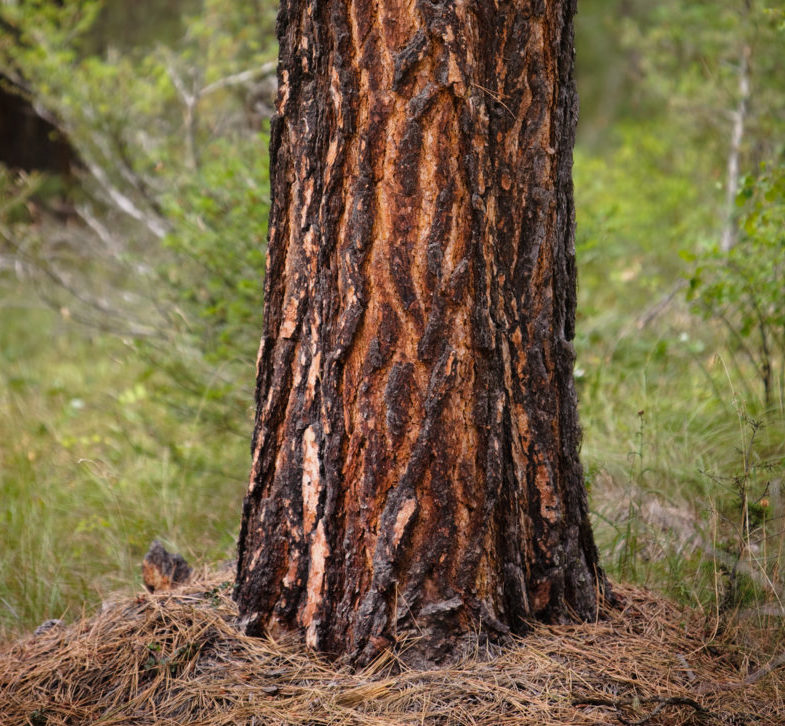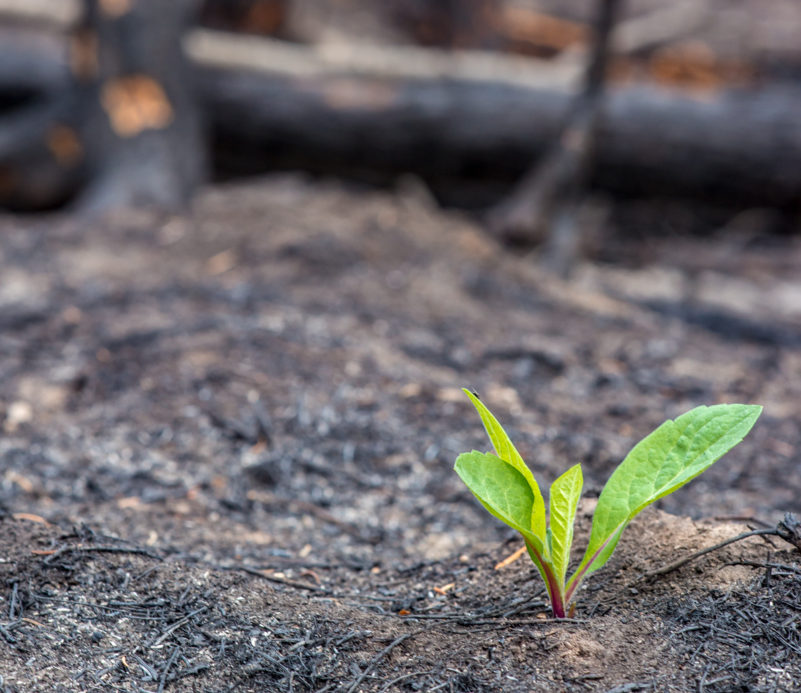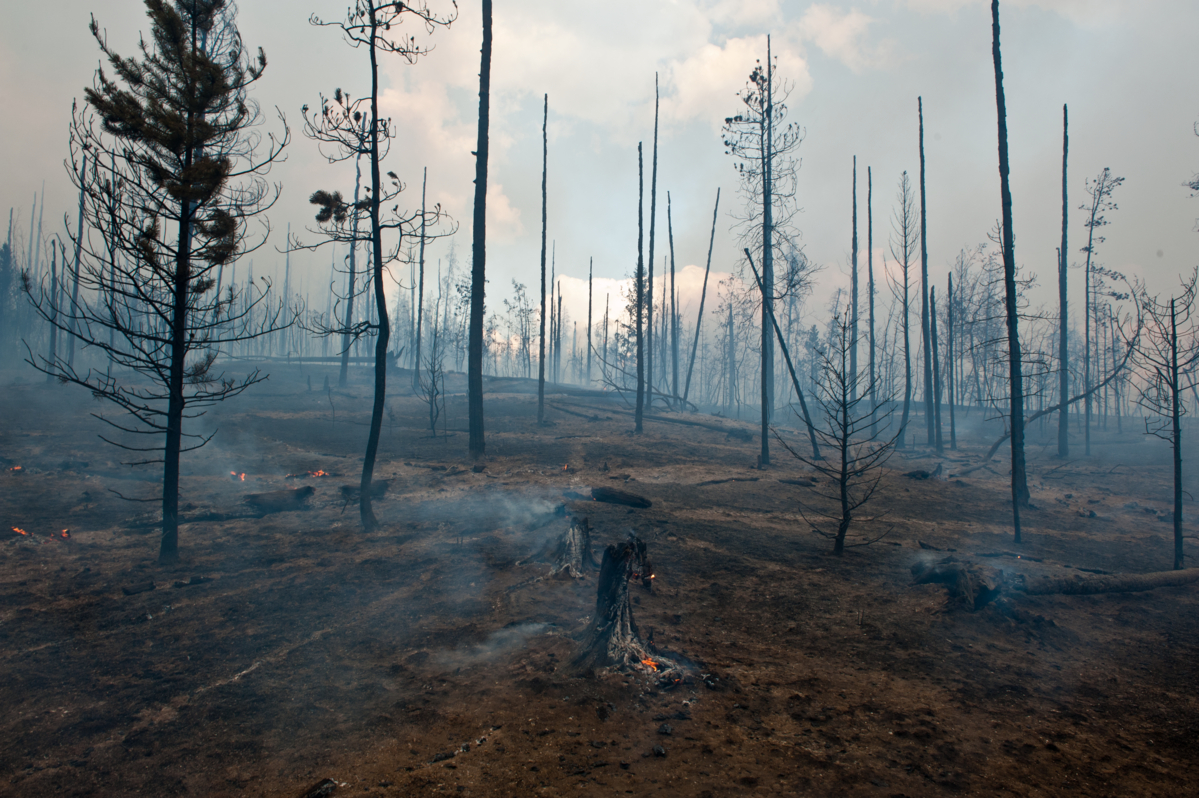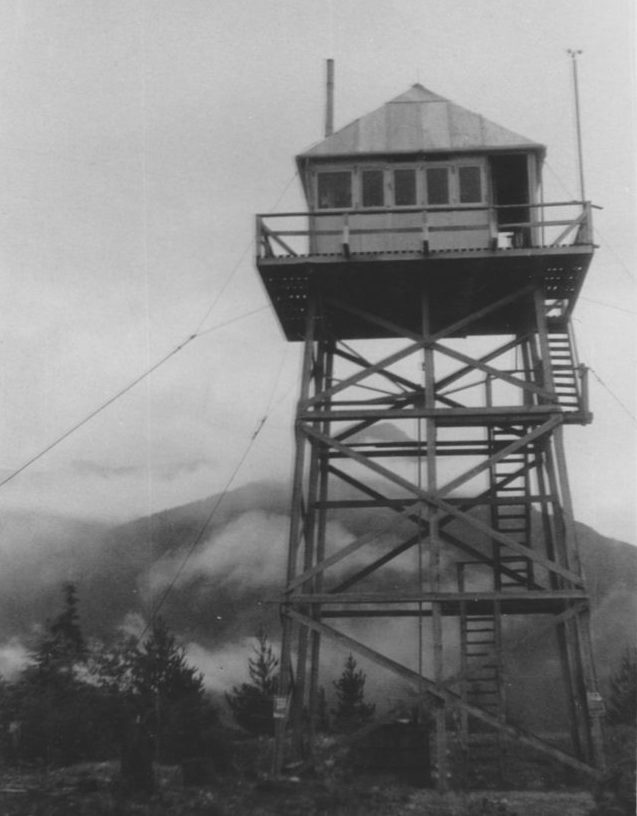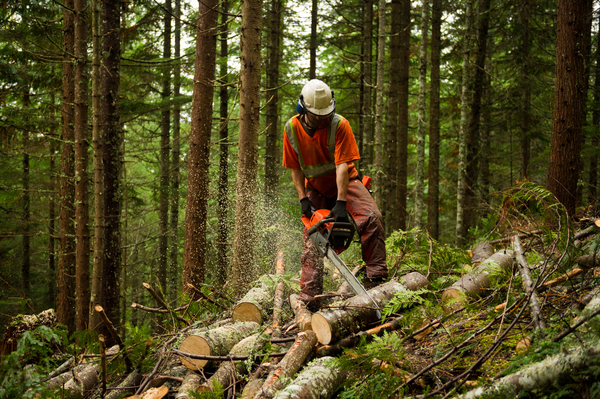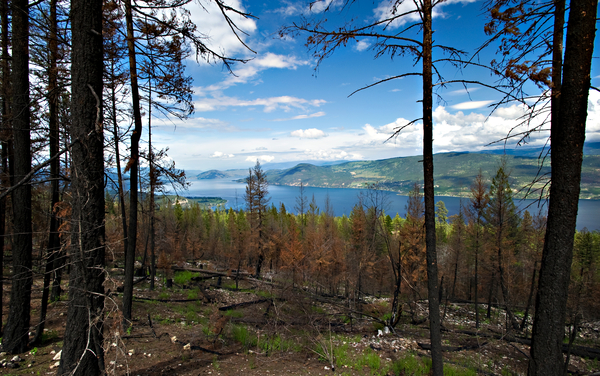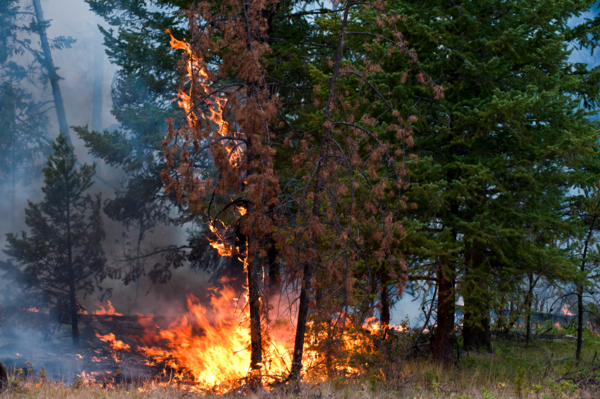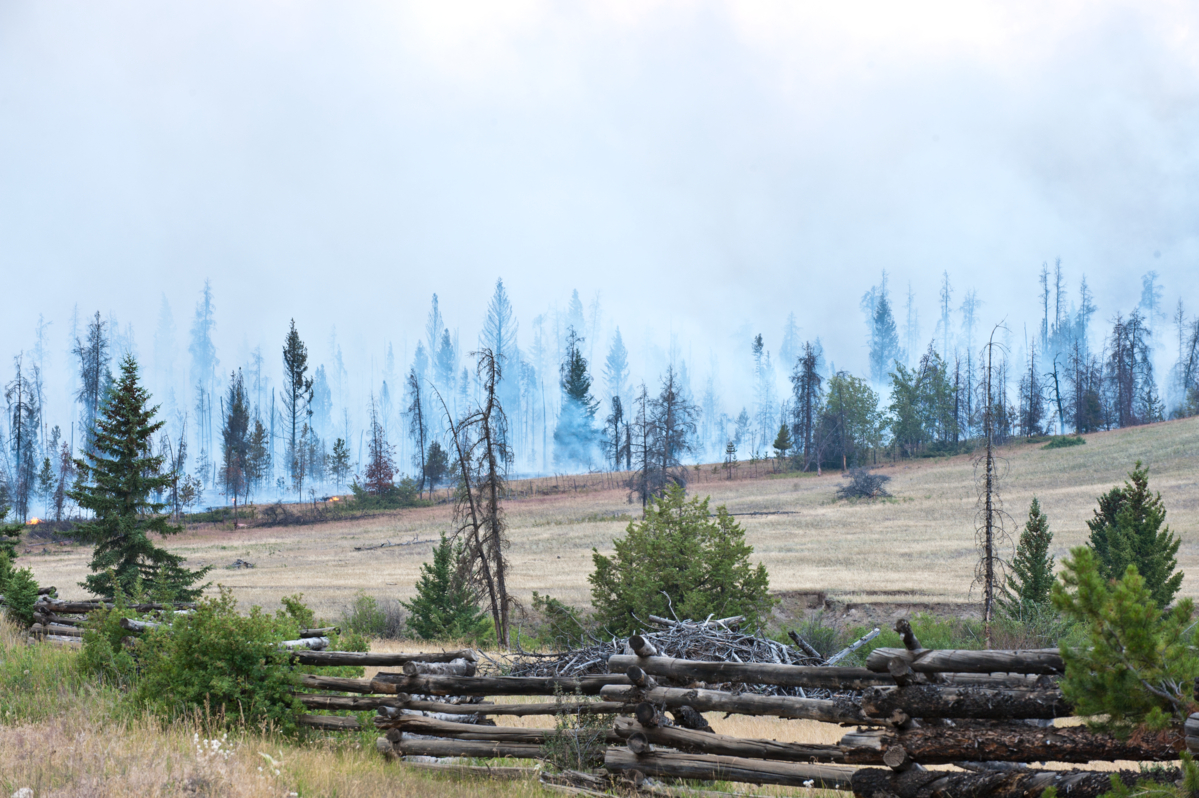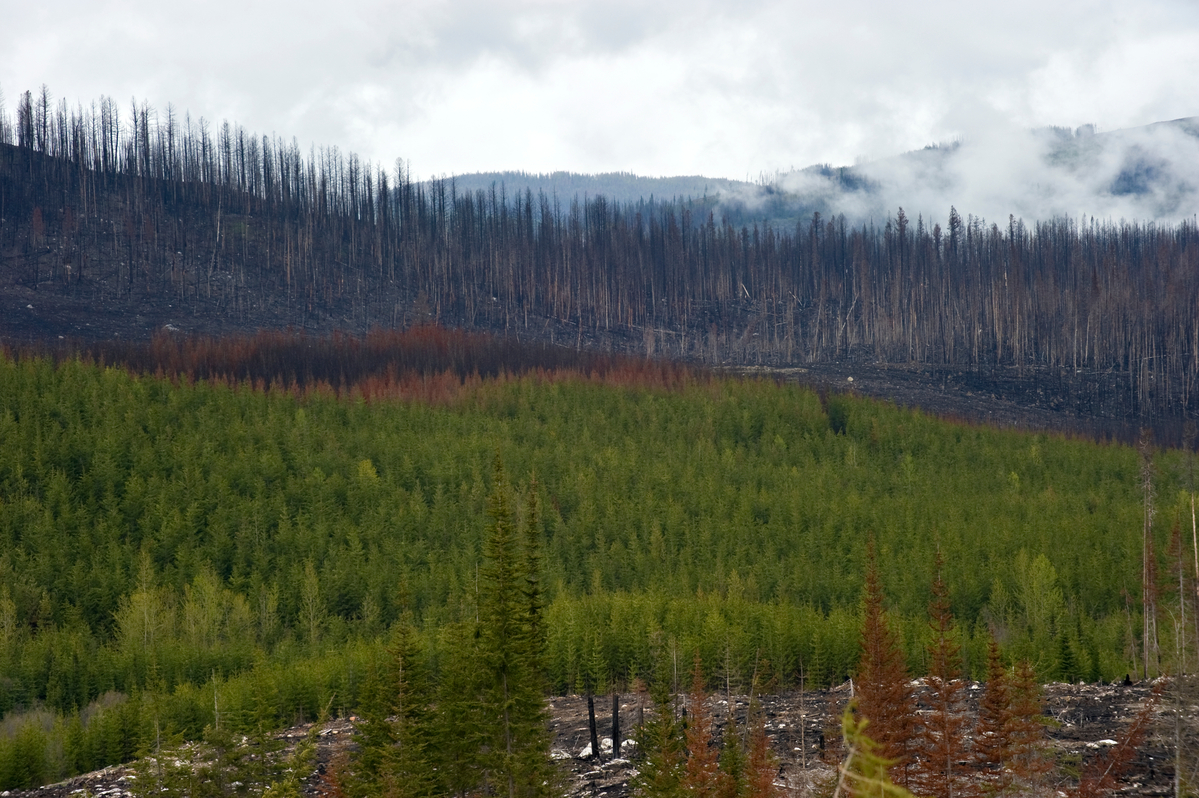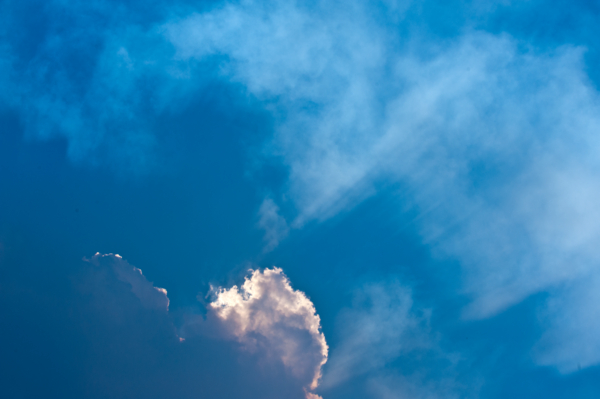SHAPING FOREST DYNAMICS
Firekeeping and fire management
The shaping of forest dynamics in B.C. is not restricted to naturally occurring wildfire. Before settlers arrived, Indigenous cultural burning was practiced across Canada to support agriculture, to encourage the regeneration of medicinal and food plants, to attract certain animals with the regenerating vegetation, and for other cultural purposes.
Tim Lezard is a councillor with the Penticton Indian Band and is responsible for the Band Council’s lands, natural resource, and environment portfolio. His grandmother was a firekeeper who actively managed the land until she passed away in 2003.
“My grandmother would be given jobs by the older people, to burn the land for rejuvenation,” he shares. “The land needed to be cleaned, for us and for the animals, to maintain the grasslands and the plants that support our communities and the animals like deer and elk.” For generations the people of the Penticton Indian Band used fire to improve forests and knew effective methods for burning patches of land on rotation each year—knowledge gained from elders and passed on to through traditional teachings.
“The practice and knowledge of firekeeping has been passed down through our oral traditions, and our management of forests was very effective,” Lezard says. “When settlers first came to these lands, they thought the forests were so beautiful and “pristine,” but that was a fallacy—it was beautiful, but it wasn’t untouched. It was touched and managed by our firekeepers, and was beautiful because we were managing the lands through the use of fire.”
In the early 1900s, forest fires were deemed to be counter to the public interest—threatening lives, settlements, and communities, destroying valuable timber, and putting livestock at risk. Igniting forest fires was made illegal, and investments were made in forest firefighting infrastructure.
Summer wildfire near Alkali Lake in the Cariboo region. l Photo credit: Michael Bednar
